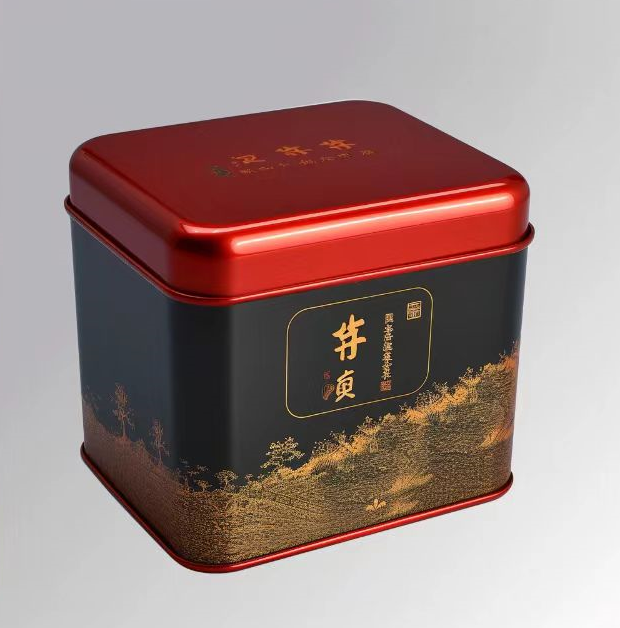
Recycling tin boxes is a crucial practice in our ongoing efforts to reduce waste and conserve finite resources. This process not only supports environmental sustainability but also reduces energy consumption compared to producing new materials from raw ore. Let’s explore the comprehensive recycling procedure from initial collection to the final manufacturing stage.
1. Collection and Transportation
The journey begins with the collection of used tin boxes through curbside recycling, drop-off centers, or designated metal collection points. These items are then transported to recycling facilities where they will undergo further processing.
2. Sorting and Shredding
At the recycling facility, tin boxes are first sorted. Magnetic separation technology is employed to distinguish ferrous metals (like steel) from non-ferrous metals (such as aluminum). After sorting, the boxes are shredded into smaller pieces to facilitate subsequent cleaning and melting processes, increasing surface area and efficiency.
3. Cleaning
Shredded pieces undergo rigorous cleaning to remove residue, labels, and adhesives. This stage is vital as contaminants can significantly hinder the quality of the recycled metal.

4. Advanced Separation Techniques
Post-cleaning, eddy current separators come into play, enhancing the separation process by sorting non-ferrous metals like tin from other materials, ensuring a purer batch for melting.
5. Melting and Refining
The cleaned and sorted metal pieces are then melted in high-temperature furnaces. Tin, known for its low melting point, is efficiently separated from other metals during this phase. The molten tin may also undergo refining to remove any lingering impurities, ensuring the highest quality material for reuse.
6. Casting and Manufacturing
Once refined, the tin is cast into ingots or other forms suitable for transportation and manufacturing. These ingots are then rolled or shaped into new sheets or plates, which are subsequently cut and formed into new tin boxes or other products.
7. Distribution
Finally, these newly manufactured tin products are distributed for commercial use, thus completing the recycling loop. By feeding back into the market, recycled tin helps in creating a circular economy, promoting sustainability and reducing environmental impact.
Conclusion
The recycling of tin boxes illustrates a successful loop of reusing materials, conserving energy, and minimizing waste. This process not only supports environmental health but also fosters economic efficiency by supplying manufacturers with recycled, cost-effective materials.
By understanding and supporting the recycling of tin and other metals, we contribute to a more sustainable world, paving the way for future generations to thrive on a healthier planet.